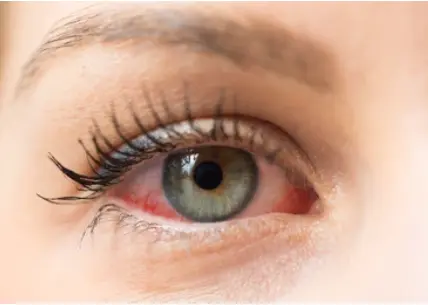 Welcome
Welcome
“May all be happy, may all be healed, may all be at peace and may no one ever suffer."
Loading...
Bacterial skin infections Generics
- A
- B
- C
- D
- E
- F
- G
- H
- I
- J
- K
- L
- M
- N
- O
- P
- Q
- R
- S
- T
- U
- V
- W
- X
- Y
- Z
Bacterial skin infections - Generics
Bacterial skin infections are infections caused by bacteria that affect the skin and its underlying structures, such as hair follicles and sweat glands. Common types of bacterial skin infections include:
- Impetigo: a highly contagious infection that often affects young children and is characterized by red sores that break open, ooze fluid, and develop a yellow-brown crust.
- Cellulitis: a bacterial infection that affects the deeper layers of skin and subcutaneous tissue, causing redness, swelling, warmth, and pain.
- Folliculitis: an infection of the hair follicles that causes small, pus-filled bumps to form around the hair follicles.
- Boils: an infection of the hair follicle and surrounding tissue that causes a painful, pus-filled lump to develop.
- Carbuncles: a deeper and more severe type of boil that often affects the back of the neck, shoulders, or thighs.
- Necrotizing fasciitis: a rare but serious bacterial infection that affects the tissue beneath the skin and can rapidly spread, leading to tissue death and potentially life-threatening complications.
Treatment for bacterial skin infections depends on the type and severity of the infection. Mild cases may be treated with topical antibiotics or antiseptics, while more severe cases may require oral antibiotics or other medications. Proper wound care, including cleaning and covering any cuts or scratches, can help prevent bacterial skin infections. Good hygiene practices, such as frequent handwashing, can also help reduce the risk of infection.

Brain abscesses
Brain disease

Itchy or watery eyes
Eye disease

Prolactinomas
Tumor disease

Hyperkeratotic
Skin disease

Topical anesthesia
Anesthesia

Urinary incontinence
Urinary disease

Colonoscopy preparation
Colon disease

Contact dermatitis
Skin disease
Searching Keywords Idea
Bacterial skin infections, ব্যাকটেরিয়াজনিত ত্বকের সংক্রমণ
Bangladesh is Number One in Digital Medical Management.
To be happy, beautiful, healthy, wealthy, hale and long-lived stay with DM3S.
To be happy, beautiful, healthy, wealthy, hale and long-lived stay with DM3S.